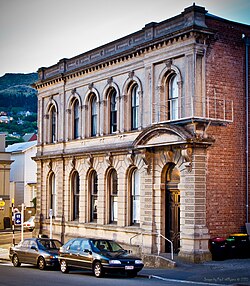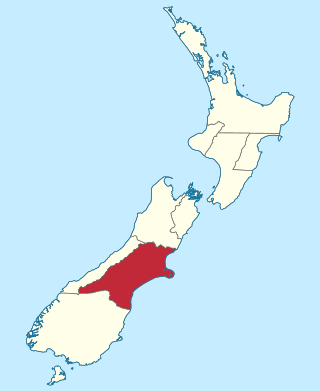
The Canterbury Province was a province of New Zealand from 1853 until the abolition of provincial government in 1876. Its capital was Christchurch.
Christchurch was a parliamentary electorate in Christchurch, New Zealand. It existed three times. Originally it was the Town of Christchurch from 1853 to 1860. From the 1860–1861 election to the 1871 election, it existed as City of Christchurch. It then existed from the 1875–1876 election until the 1881 election. The last period was from the 1890 election to the 1905 election. Since the 1946 election, a similarly named electorate called Christchurch Central has been in existence.
Richard Moore was an independent conservative Member of Parliament in New Zealand and Mayor of Kaiapoi.

John Joseph Dougall was Mayor of Christchurch in 1911–1912. He was a solicitor by profession. In his later life, the Navy League was his main interest.
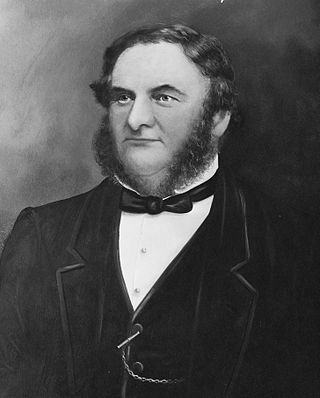
William Barbour Wilson, also known as Cabbage Wilson, was the first Mayor of Christchurch in New Zealand in 1868. A nurseryman by profession, he had large landholdings in Christchurch. His reputation was dented by a fraud conviction, and when he was subsequently elected onto the city council once more, five councillors resigned in protest.

Edward Brenchley Bishop was the fourth chairman of the Christchurch Town Council, and seven years later the sixth Mayor of Christchurch in 1872–1873. Born in Maidstone, Kent to a wealthy family, his family lived in Belgium during his childhood. He took his father's profession as a distiller and worked in London for 21 years. His sister Susannah emigrated to New Zealand in 1849 and in the following year, many Bishop siblings followed her on the Charlotte Jane, one of the First Four Ships of organised settlement of Canterbury. With his brother Frederick, he had a large farm just south of Christchurch, and the suburb of Somerfield continues to use their farm's name. The brothers were spirit merchants in the city.
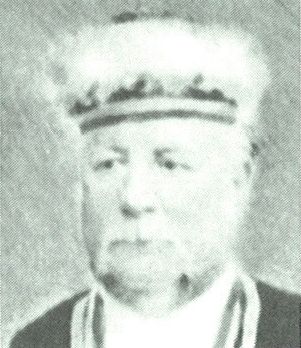
Michael Brannan Hart was the publican of the White Hart Hotel in Christchurch, New Zealand, that stood on the corner of High and Cashel Streets. It was Christchurch's first hotel. Hart, originally from Freshford, Somerset, England, was one of the first settlers of Christchurch. He was a colourful character and stood for elections to the Canterbury Provincial Council and Parliament, but was unsuccessful. He was elected onto Christchurch City Council in 1869, and was chosen as Mayor of Christchurch 1873–1874 by his fellow councillors. He gave the first chain to the Christchurch mayoral chain. He was the first mayor to wear regalia, modelled on the robes of the Lord Mayor of London. He intended to leave the robes to Christchurch City Council, but after a disagreement, he changed his will and the robes were buried with him.

Frederick (Fred) Hobbs was Mayor of Christchurch, New Zealand 1874–1877 for two terms; he was the first mayor who served more than one term. He is credited with having made significant improvements to the drainage system, and thus improving health in the wider Christchurch area. Upon his lobbying, The Christchurch District Drainage Act 1875 was passed, and Hobbs became the first chairman of the Christchurch Drainage Board. The family were tailors and the location of their business premises in the north-east quadrant of Cathedral Square gave the area the name of Hobbs' corner. Fred Hobbs commissioned a new building of permanent materials for the site, which became known as Cathedral Chambers and which stood there from the mid-1880s to the 1970s. The locality changed name to Broadway corner, based on the popular café that occupied the first floor; this name is no longer in use in Christchurch.

John George Ruddenklau JP was Mayor of Christchurch from December 1881 to December 1883. A baker from Germany, he was later the proprietor of the City Hotel. He was very active with a number of organisations, founded the German Benefit Association, and was the driving force behind the establishment of the German Church.

Aaron Ayers arrived in Christchurch, New Zealand from England as a newly married man in his mid 20s. He was a hairdresser and tobacconist for two decades before entering the auctioneering business. He was elected Mayor of Christchurch in 1885 unopposed, and was re-elected a year later in the most keenly contested mayoral election thus far, narrowly beating Charles Louisson. He retired after his second term as mayor. In 1887 he contested a 1887 by-election for Heathcote and the 1887 election for Christchurch South, but came second on both occasions. After his mayoralty, he lived mostly a private life and was known as an avid gardener.
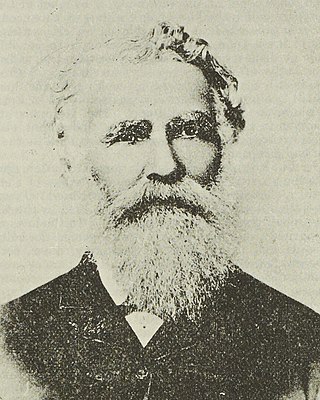
William Prudhoe was Mayor of Christchurch, New Zealand, for 1892.

Edward Richardson was a New Zealand civil and mechanical engineer, and Member of Parliament. Born in England, he emigrated to Australia and continued there as a railway engineer. Having become a partner in a contracting firm, a large project caused him to move to Christchurch in New Zealand, in which country he lived for the rest of his life.
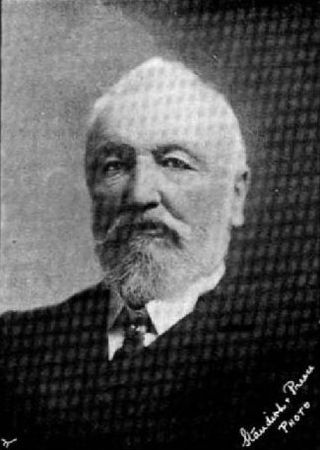
John Thomas Peacock MLC JP was a New Zealand businessman, philanthropist and politician. He came to Canterbury in 1844, several years before organised settlement started.
Daniel Reese was a 19th-century Member of Parliament from Christchurch, New Zealand.
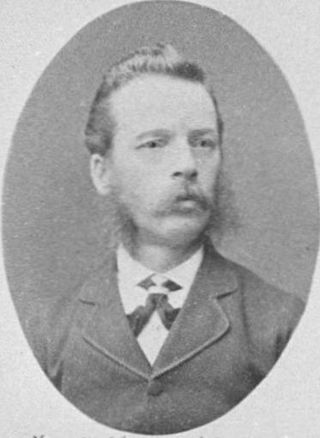
Harry Allwright was a 19th-century Member of Parliament in Canterbury, New Zealand. A painter and glazier by trade, he came out with his parents and siblings in the Cressy in 1850, one of the First Four Ships. He took over his father's company in 1859 and became involved in local politics. He first became Mayor of Lyttelton in 1870 and was re-elected seven times. In the 1879 New Zealand general election, he defeated the incumbent and represented the Lyttelton electorate for three parliamentary terms until his own defeat in 1887. He died in 1892.
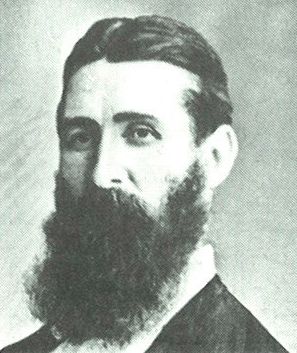
Henry Thomson JP was a 19th-century Mayor of Christchurch and Member of Parliament for the Christchurch North electorate in Canterbury, New Zealand.
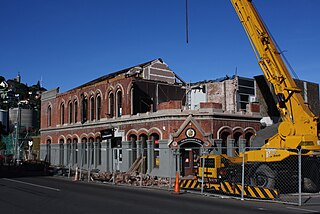
The Lyttelton Harbour Board was established on 10 January 1877 to manage Lyttelton Harbour. The harbour had previously been managed by the Canterbury Provincial Council, but provincial government ceased to exist on 1 January 1877. The harbour board was governed by members elected during local elections. Lyttelton Harbour Board was disestablished through the 1989 local government reforms, with its functions transferred to the Lyttelton Port Company.

The Mayor of Ashburton officiates over the Ashburton District of New Zealand's South Island. The district is administered by a district council. From 1878 until the 1989 local government reforms, the area was administered by a borough council. Neil Brown is the current mayor of Ashburton; he was elected in the 2019 local elections.

The Mayor of Lyttelton was the head of the municipal government of Lyttelton, New Zealand. The position existed from 1868, when the Borough of Lyttelton was formed.
Samuel Rollin Webb was a New Zealand businessman and local politician. He came to New Zealand with his family as a boy and took over his father's fruiterer and fruit grower business as a young man. Politically ambitious, he was mayor of Lyttelton for eight years spanning three periods. He stood for parliament on four occasions between 1881 and 1905 but was unsuccessful.
